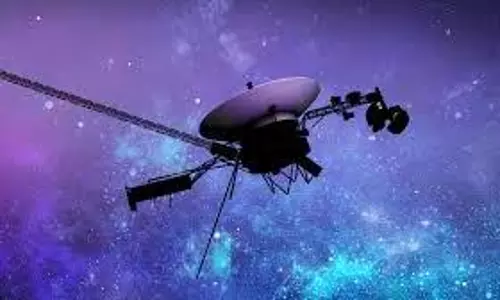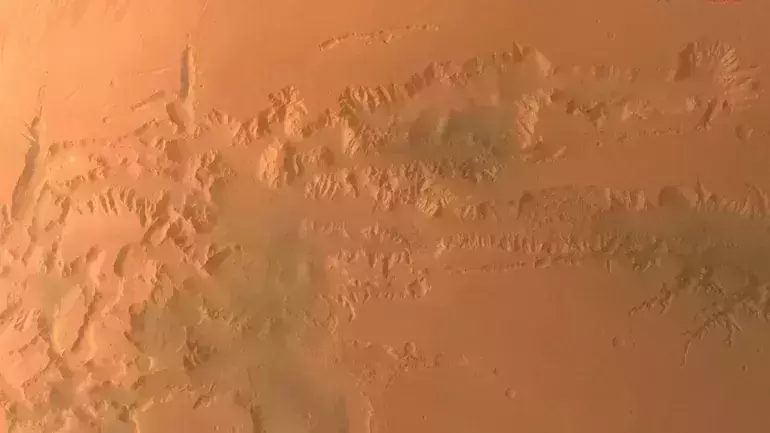
China's Mars mission maps entire planet, sends stunning pictures
text_fieldsNew Delhi: China's unmanned Tianwen-1 mission spacecraft circled Mars over 1300 times in over a year, taking stunning images of the planet's surface features including canyons, and craters, reports say.
In the maiden attempt China successfully injected the spacecraft into Martian orbit in February 2021, and landed on the planet a rover which moved around, according to India Today.
Images from Mars include China's first photographs of the Martian South Pole where in 2018 European Space Agency discovered water under the ice.
The photos taken by Tianwen-1 covers a vast expanse of 4,000 kilometre long canyon Valles Marineris as well as impact craters of highlands in the north of the planet called Arabia Terra.
As well as circling the planet thrice every Martian day, orbiter was relaying communication between Earth and Zhurong rover moving on the surface.
Starting the mapping campaign, Chinese scientists accelerated the speed of the orbiter by 78 meters per second in November 2021.
Just as orbiter was flying above the planet, the 240-kilogram rover was within the largest known impact basin in the solar system.























